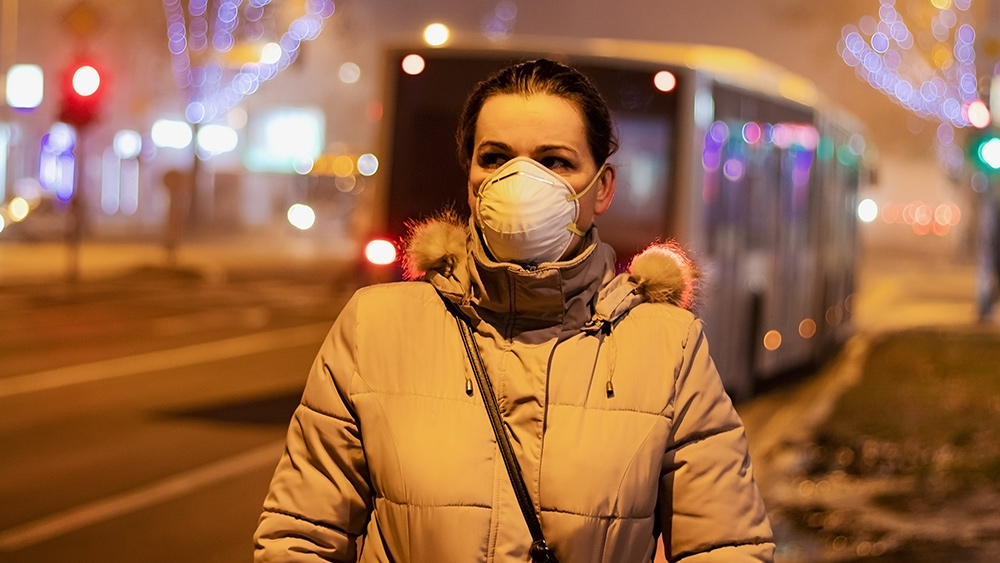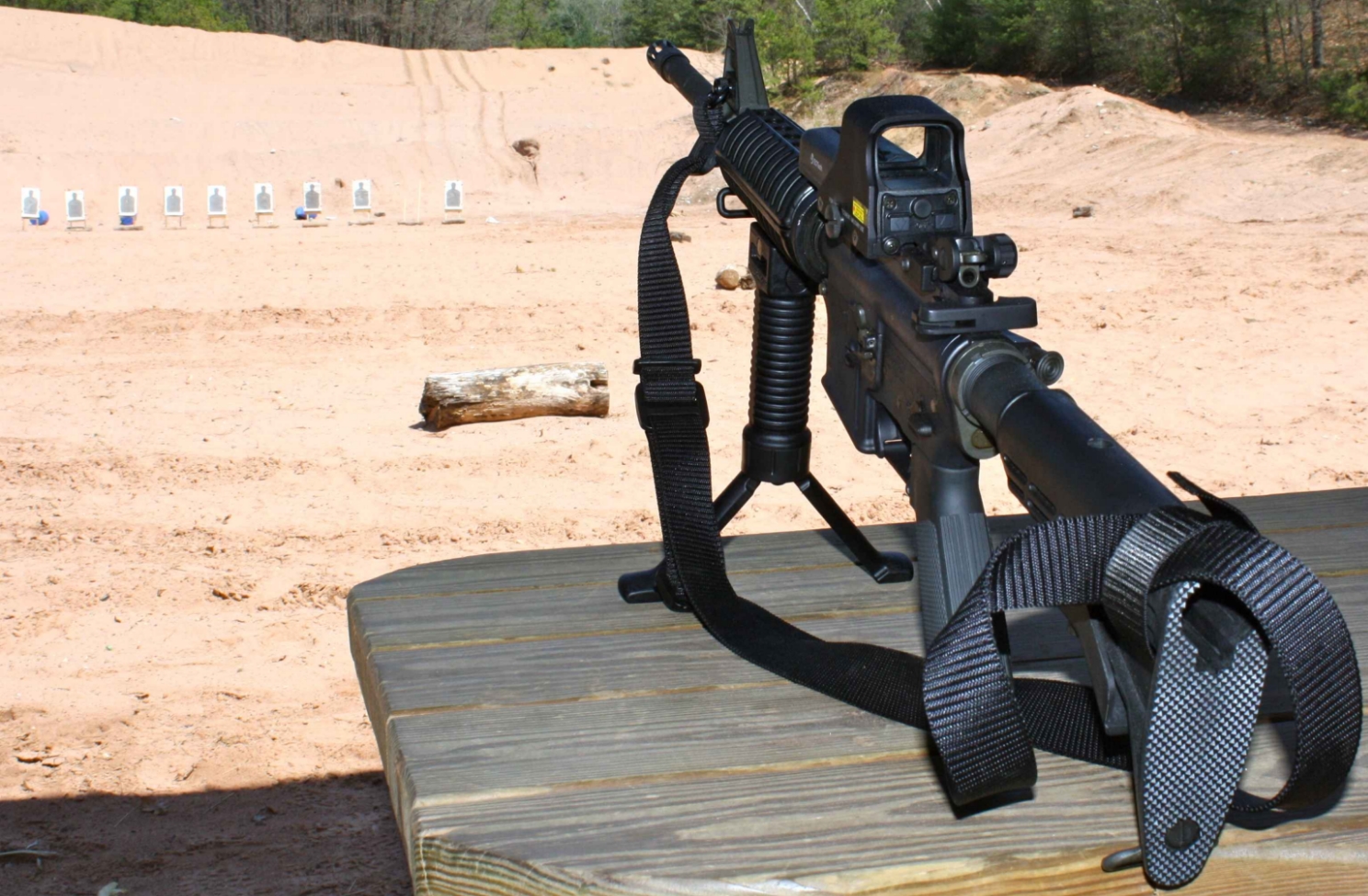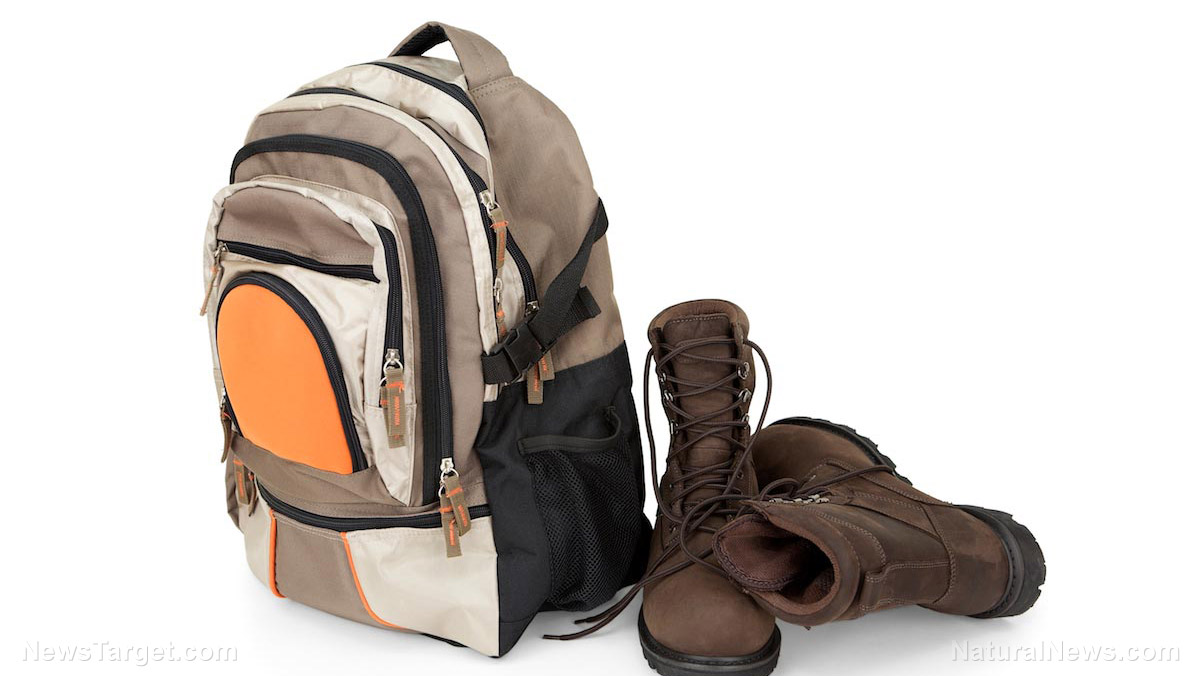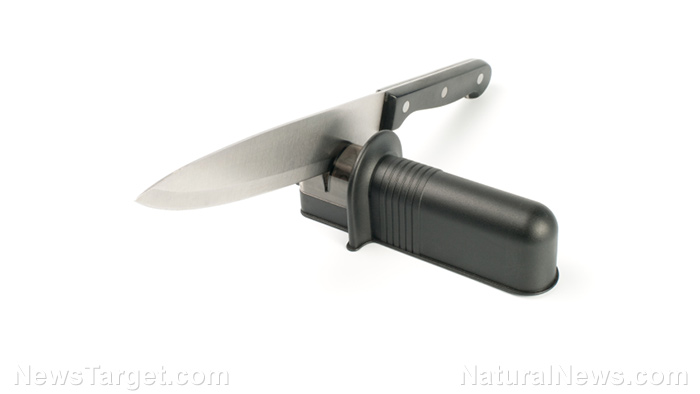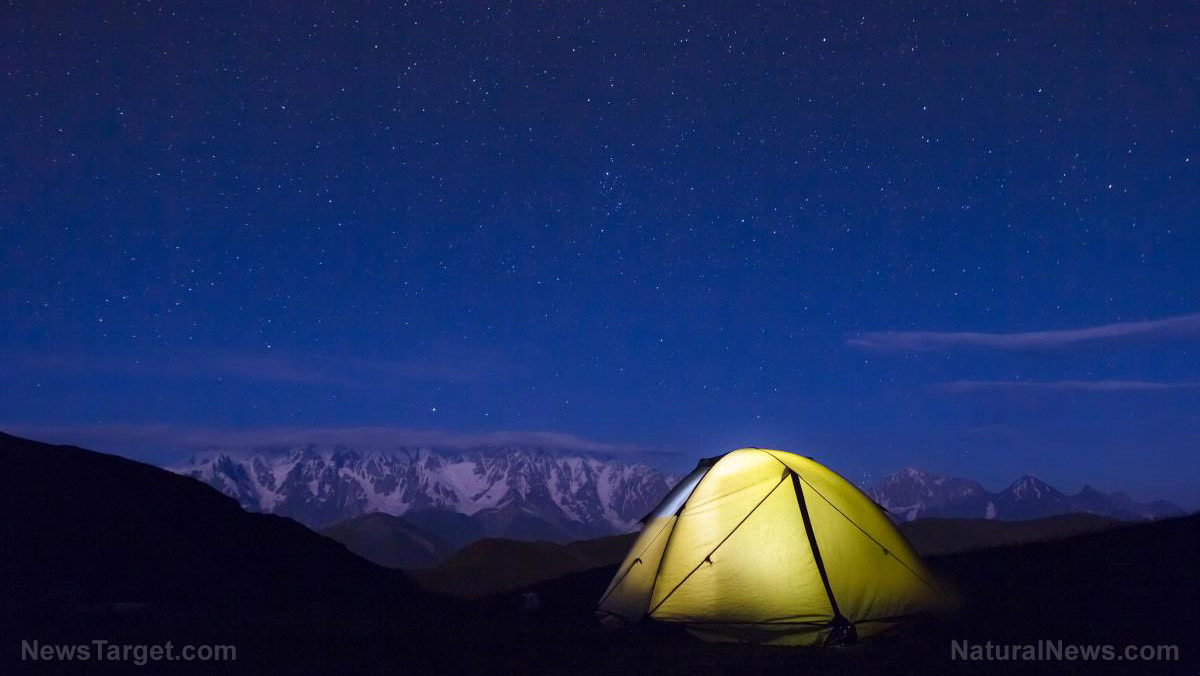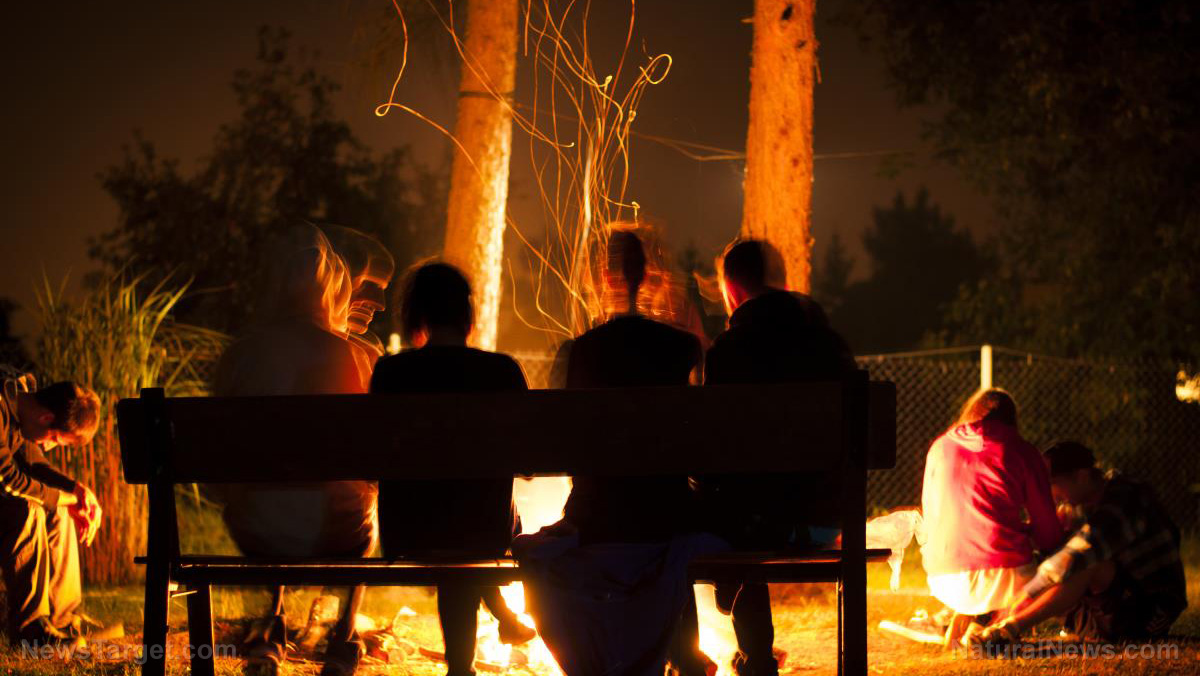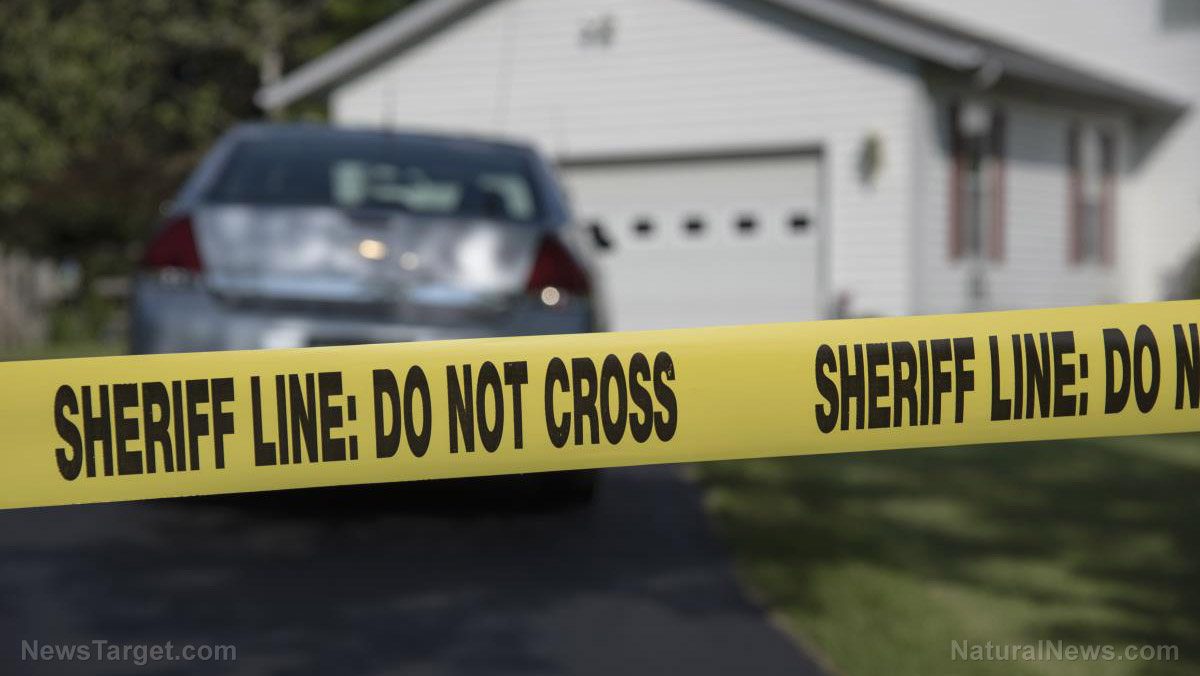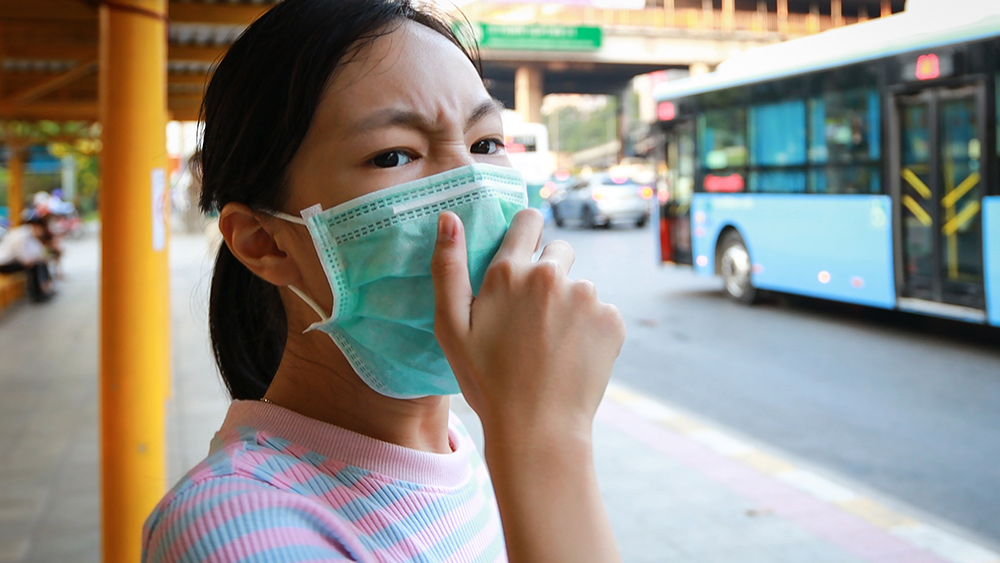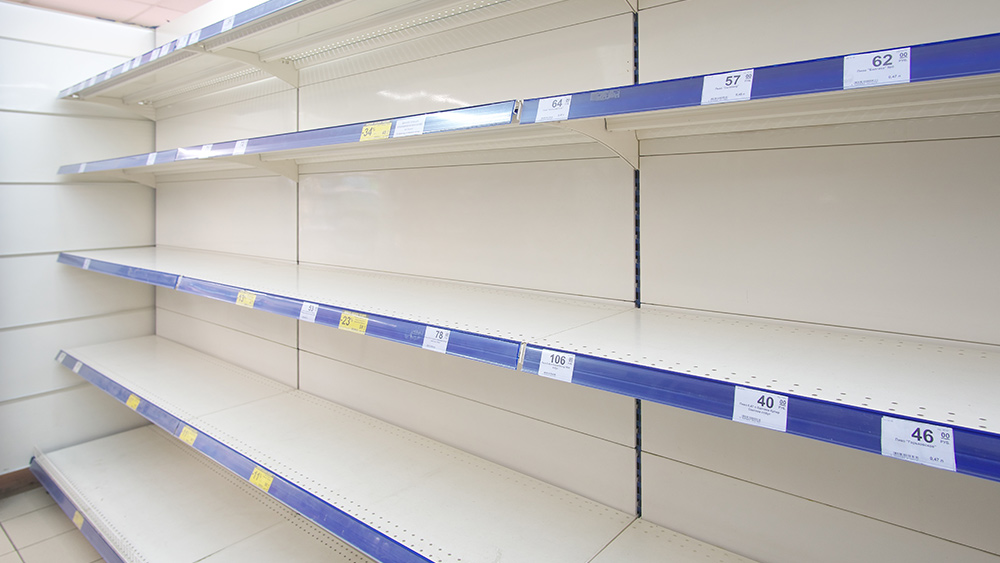Surviving the first 3 days after SHTF
03/05/2020 / By Arsenio Toledo
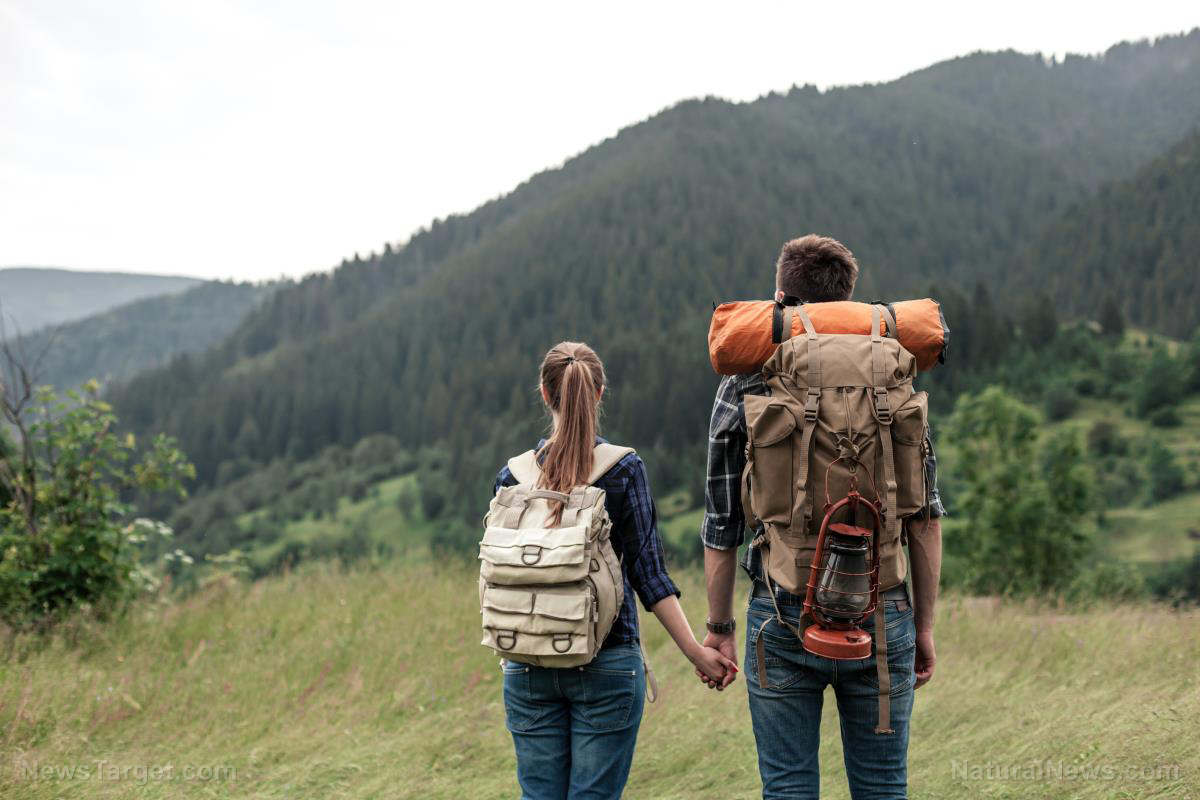
Around 60 percent of American adults are not prepared for disasters, the Federal Emergency Management Agency (FEMA) said. According to FEMA, this is because they did not participate in preparedness exercises and drills at their schools, offices or homes within the past year. If you are part of this 60 percent, then you need to remedy this because you never know when the next disaster will strike.
You can start by figuring out what you’ll need to survive for a minimum of three days after SHTF. Here’s what you need to consider during that time. (h/t to Survivopedia.com)
Water
Water is an extremely critical resource and it should be your topmost priority, provided you already have shelter. It’s estimated that people can only survive for, at most, three days without water. Stock up on some emergency reusable water containers and fill these up before a disaster even strikes. Figure out how many gallons of water you and your survival group (including your pets) need in order to survive for three days without dehydrating. Don’t forget to consider water filtration and purification options if you’re unable to carry a lot of water with you.
Food
While not as critical as the water situation, you still need food to keep your energy levels up. Fortunately, storing food for three days may not be as complicated as you might think. Many stores can provide you with natural and healthy survival and preparedness foods that can are non-perishable and can be easily stockpiled. Just like with water, you must take into account how many people and animals you need to keep fed and just work according to that.
Skills
The skills you need for surviving three days during a disaster will be different from the skills you need to survive long-term. Consider the skills that you might need if you ever go out camping because they will be very similar. These skills include administering basic first aid, learning how to start a campfire (even with a lighter), cooking food and purifying water, as well as skills that you might not consider such as learning how to pack efficiently and learning how to plan your trips accordingly. (Related: Hassle-free adventures: The best camping and hiking gear for exploring nature.)
Cash
If the power grid goes down during a disaster, it’s highly likely that ATMs and credit card readers will not function. This means that having cash on hand will come in handy, especially when businesses that offer basic needs such as food and water start raising their prices. Just remember to keep your cash in different small denominations, and make sure to not keep all of your emergency cash on you at all times. In addition, you should not let anyone you don’t trust know how much money you have available.
Weapons
Whether it’s a gun, a knife or an alternative self-defense weapon, you need to consider what you need to carry with you in order to protect yourself and your survival group. If you have a firearm, then you need to consider how much ammunition you need to bring as well. Your weapon won’t just be useful for self-defense — if you’re running low on food, you can also use your weapon to hunt down animals for meat.
Emergency kit
Your bug-out bag is your emergency kit and it needs to be filled with items that you will need to survive for a minimum of three days during a disaster. These are items that can help you out during minor problems, such as a whistle, flashlight, rope and a fire starter. Other things that you should consider carrying with you are your important personal, legal and financial documents, some extra clothes, a hand-crank or battery-operated radio and your smartphone. Don’t forget that you will also have to fit other essential supplies such as water, food, cash and any self-defense weapon you may have, in your bag.
Surviving a disaster entails making sure that you, your family and your pets are safe, hydrated and well-fed for long enough until the relevant local and federal authorities can come in and sort things out. Forming strong community relations with your friends and neighbors can help you survive for even longer, especially during some long-lasting natural disasters such as floods and blizzards.
For more information on what you need during a disaster, visit Gear.news.
Sources include:
Tagged Under: bug out bag, disaster, disaster survival, emergency kit, emergency survival, preparedness, prepper, prepping, self-defense, SHTF, SHTF survival, survival, survivalist
RECENT NEWS & ARTICLES
COPYRIGHT © 2018 SURVIVALGEAR.NEWS
All content posted on this site is protected under Free Speech. SurvivalGear.news is not responsible for content written by contributing authors. The information on this site is provided for educational and entertainment purposes only. It is not intended as a substitute for professional advice of any kind. SurvivalGear.news assumes no responsibility for the use or misuse of this material. All trademarks, registered trademarks and service marks mentioned on this site are the property of their respective owners.

